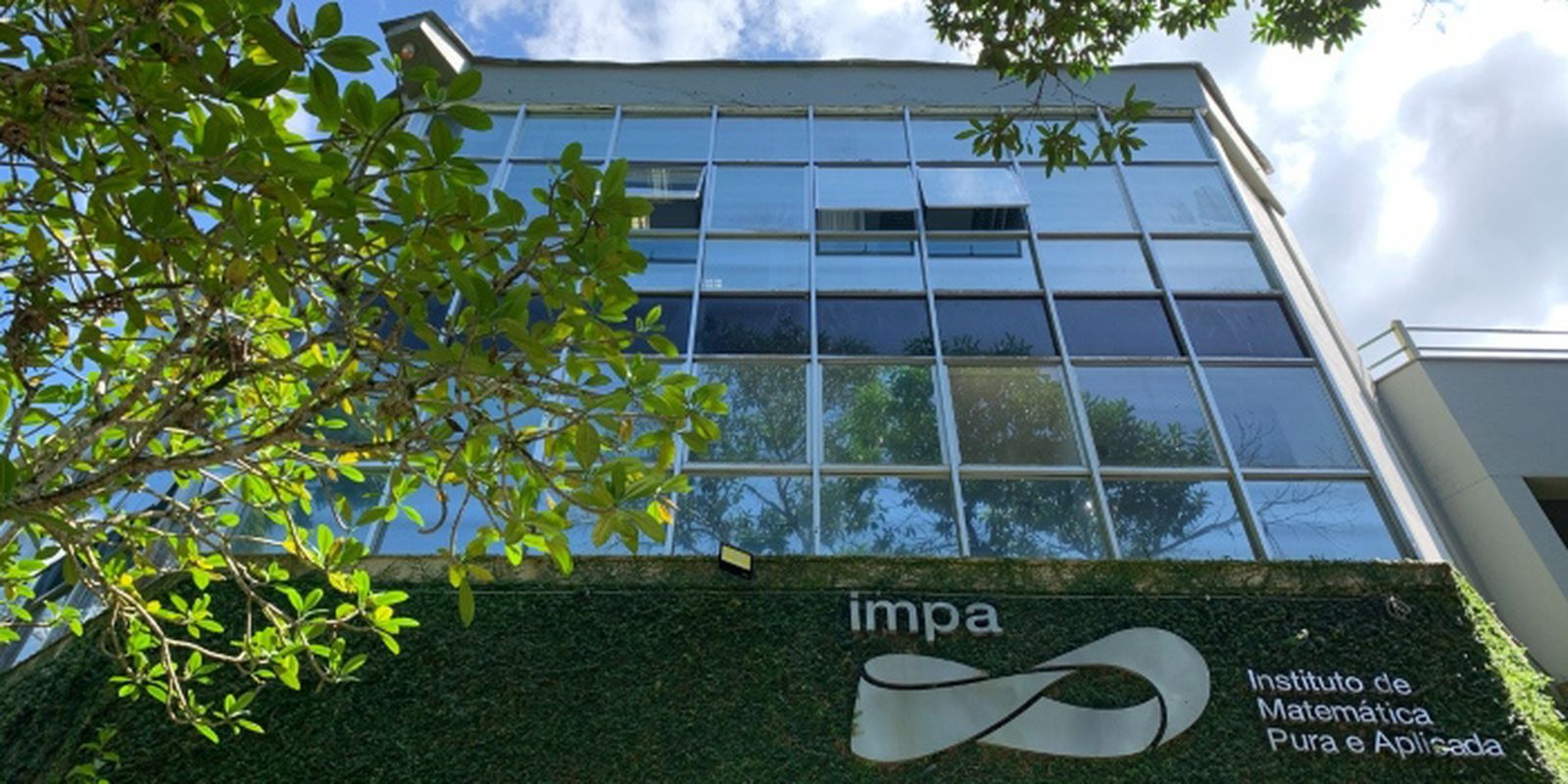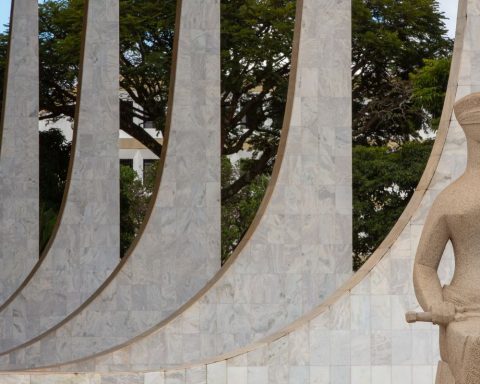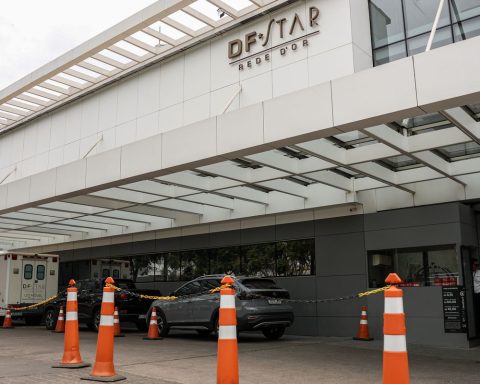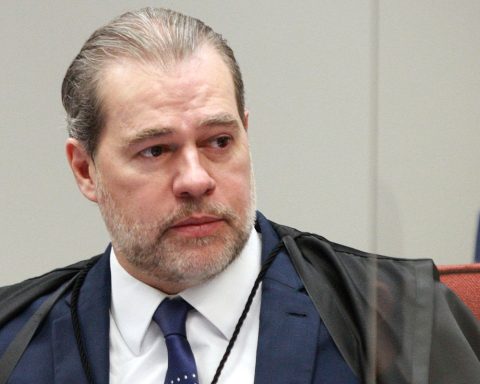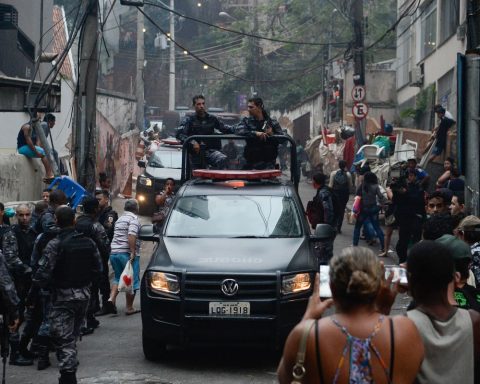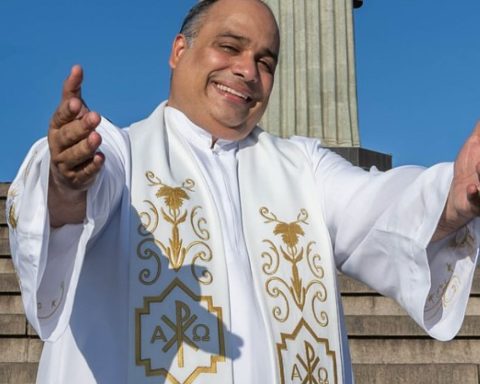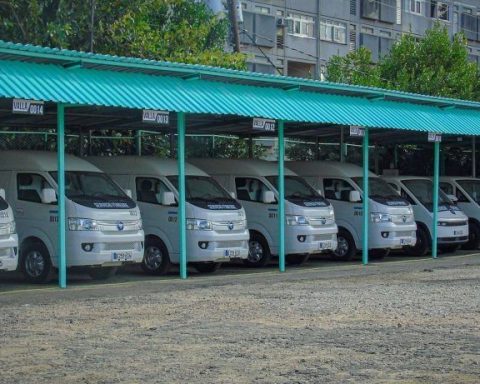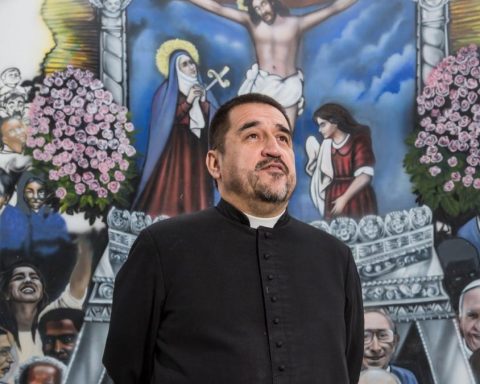More than 4.4 million students from the second to the fifth year of public and private primary education participate, this Tuesday (12), in the second phase of the 3rd Junior Mathematics Olympiad. The test will last 1 hour and 30 minutes.
The mathematical competition is held by the Institute of Pure and Applied Mathematics (Impa) and promoted with resources from the Ministries of Education (MEC) and Science, Technology and Innovation (MCTI). Since 2005, Impa has also organized the Brazilian Public School Mathematics Olympiad (Obmep) aimed at students from the 6th year of elementary school to the last year of high school.
The objective of the Olympiad is to bring children closer to mathematics through playful and creative proposals. The initiative also aims to identify young talents.
In all, there are more than 30.7 thousand participating teaching units of 4,037 municipalities across Brazil. The test for the second phase of the Junior Olympics is administered in a single day throughout Brazil and students will take the test at their own school. The test will not be reapplied to students who are absent for any reason on the day of the test.
The second phase tests will be marked by the school’s own teachers from November 13th to 22nd. And grades must be registered by educational institutions by December 2nd, exclusively on olympiad website.
Junior Olympics
The Junior Olympics is made up of two phases. The first stage consists of a qualifying test with 15 multiple-choice questions. In the second phase, the test will also have 15 objective questions.
In this third edition, the first phase was held on August 27th and only qualified students will be able to participate in the second phase test, this Tuesday (12th).
The content of the tests corresponds to the students’ level of education, which are divided into levels Mirim 1 – second and third years of primary education – and Mirim 2 – fourth and fifth years of primary education.
Awards
Unlike Obmep, the junior competition does not have a national award. Students from each school compete against each other. At the end, they will be awarded digital award certificates corresponding to gold, silver and bronze medals.
All registered schools will receive digital certificates corresponding to gold, silver and bronze medals to honor the students with the best performances in the second phase of the Olympiad, considering the number of students registered at each level.
